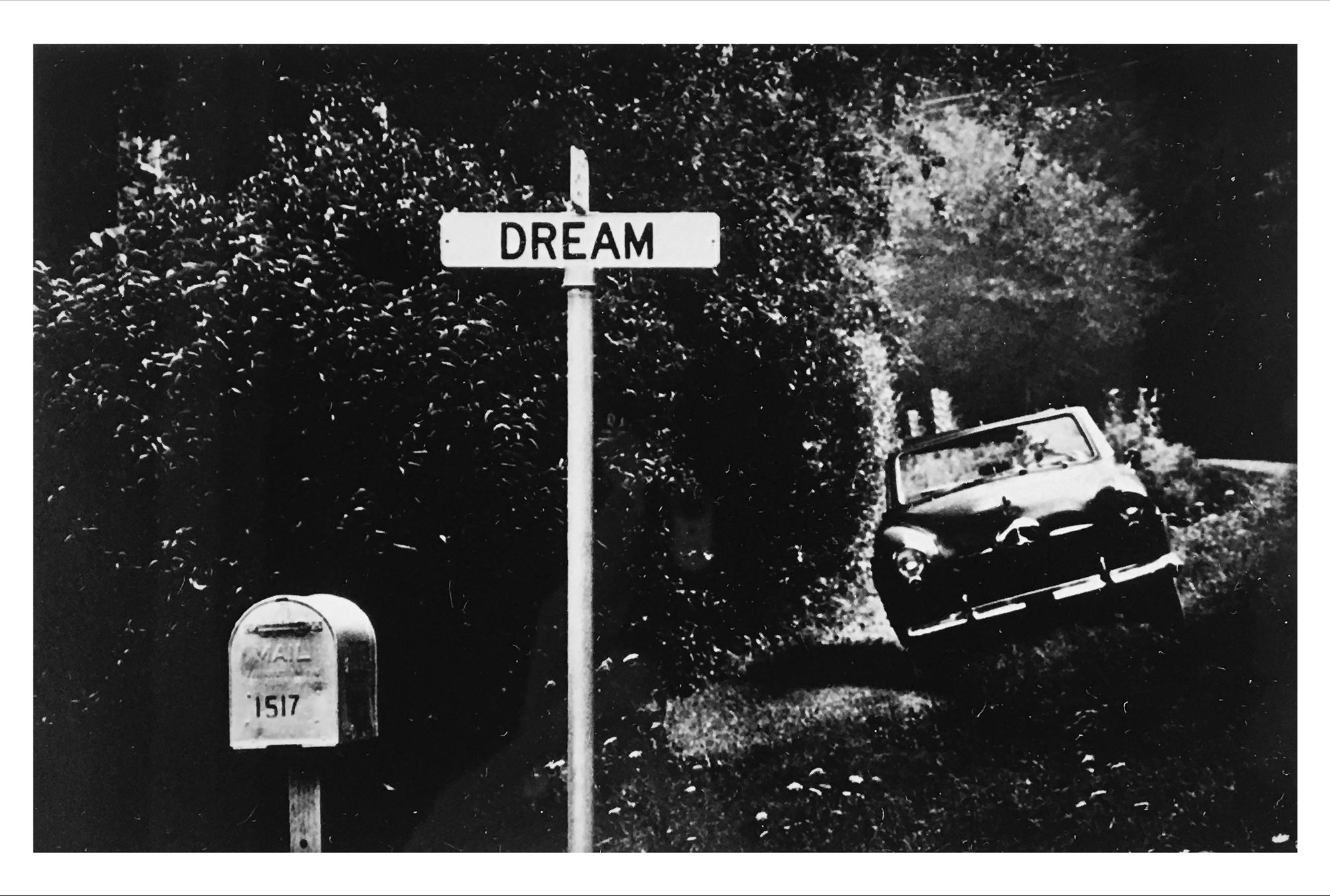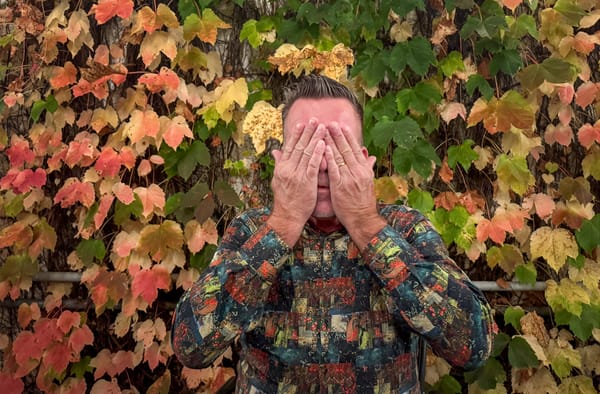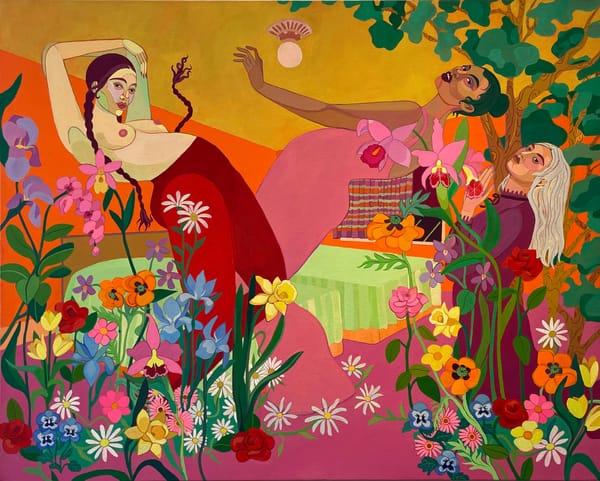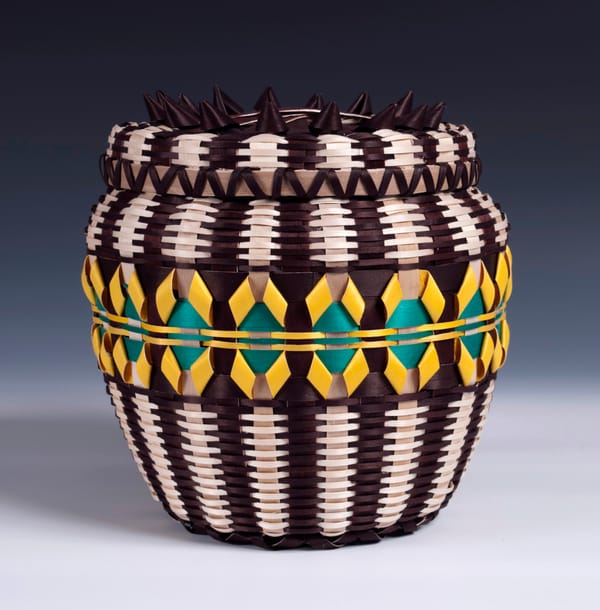In Focus: Truth and Photography exhibition review
by Leslie Walfish
In Focus: Truth and Photography is an exhibition at the University of Wisconsin Oshkosh’s Annex Gallery which is located on the second floor of the Arts and Communications Building at 1001 Elmwood Avenue, Oshkosh. The exhibition is centered around an idea that is often taken for granted – that photographers capture objective truth. Artists Imogen Cunningham, Bruce Davidson, Nan Goldin, Graciela Iturbide, Barbara Kruger, Danny Lyon, Marry Ellen Mark, Susan Meiselas, Gueorgui Pinkhassov, Eli Reed, Jamel Shabazz, W. Eugene Smith, and William Wegman each have a single work on display in the space.
In the introductory essay of the 1966 catalogue The Photographer’s Eye curator, historian, and art critic John Szarkowski wrote, “The first thing that the photographer learned was that photography dealt with the actual...”1 Despite our contemporary understanding that photographs can and are manipulated, photography is still commonly considered an accurate recorder of what has been. The common adage, “I will believe it when I see it” lets photography fill this role of allowing people to see, so they believe. Recent national conversations over police body cameras and cell phone footage brings to light the inherent challenges with documenting reality. Taken from certain perspectives, removed from context, these images have been interpreted in a variety of ways.

Photographers make choices that can have an effect on how their images are interpreted. This can include framing, lighting, contextualizing images, and manipulating the image. Each of these choices create images that represent different truths. Framing a shot freezes one moment within a larger action and viewers are not given the chance to see what was outside the frame. This missing information could change the interpretation of the image itself. Photojournalist W. Eugene Smith (1919–1978) was acutely aware of the power of framing to tell compelling stories. He also has come under scrutiny within the field for his admission to staging photographs to create more visually captivating compositions.
Photographers utilize light and shadow to draw attention to certain things within their images while hiding others. As a member of the Group f/64, photographer Imogen Cunningham (1883–1976) was interested in using light to create sharp focus on the subject, creating beautiful examinations of texture and shape. In contrast, Gueorgui Pinkhassov (1952—) uses light and reflections to obscure the subject, creating scenes where subject and space is harder to identify. To provide certain context for photographs, some of the photographers in this exhibition incorporate text within their pieces or pair their images with text or other images. Danny Lyon (1942—) presented his images with text that reveal to the viewer the artist’s interest in social justice. He wanted his images to be experienced with the idea that they could bring attention to social issues and spur a movement for change in society. Barbara Krueger (1945—) lays text over found images in order to change the meaning of the original photograph. The duo Gilbert and George (1943— and 1942—) also manipulate images through enlarging elements and altering their colors to create confrontational pieces that are often interpreted as portraits of the times.
While photographers are making these choices to tell certain truths, photography is still an important medium to tell stories. Art Historian Graham Clarke wrote, “The camera exposes the subject to an assumed public conscience which, having seen the evidence, accepts the moral implications recorded by the camera.”2 Many photographers in this exhibition use their cameras to bring to light social injustices, hidden populations, and tell untold stories to create change in the world. Taking images relating to abuse, drugs, and sex, Nan Goldin (1953—) forces the viewer to confront parts of society that many want to keep hidden. Mary Ellen Mark’s (1940– 2015) image of the Damm Family which was published in Life Magazine in 1987, shed light on the cycle of poverty and homelessness in the United States. Susan Meiselas (1948—) documents human rights issues around the world. Eli Reed (1946—) uses his photography to draw attention to the shared human condition, requiring viewers of his work to accept people for who they are as human beings. Jamel Shabazz (1960— ) pictures those who had never been pictured. By doing so, Shabazz has provided the world with a way to interact with people who were often deemed invisible or irrelevant.
Because of the inherent relationship between photography and truth, photographs have power. In her important publication on the power of photography Regarding the Pain of Others Susan Sontag wrote, “Something becomes real—to those who are elsewhere, following it as “news”—by being photographed...Nonstop imagery (television, streaming video, movies) is our surround, but when it comes to remembering, the photograph has the deeper bite.”3 Works on display in this show explore how artists use photography to search for truth, use the power of their images to investigate larger truths, or get the viewer to question what they see as truth. In Focus: Truth and Photography is on display in the UW Oshkosh’s Annex Gallery from March 2–April 2. Gallery hours are listed on their website.
Leslie Walfish is the Director of Galleries, Campus Curator, and an Instructor in the Art Department at UW Oshkosh. She has a Master of Arts in Art History from the University of Arizona and a Masters of Arts in Museum Studies from Johns Hopkins University.
1 Szarkowski John, The Photographer’s Eye (New York: Museum of Modern Art, 2007), 5.
2 Clarke, Graham, The Photograph (Oxford: Oxford University Press, 1997), 147.
3 Sontag, Susan, Concerning the Paint of Others (New York: Farrar, Strauss and Giroux, 2003), 21-22.




